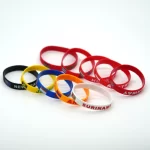When it comes to jewelry, few things matter more than fit. A ring that’s too tight can cause discomfort or even restrict blood flow. One that’s too loose might slip off and get lost. That’s why many people ask: how do they resize rings? This common question reflects a widespread need—whether you’ve inherited a family heirloom, received an engagement ring, or noticed your fingers changing size over time. Fortunately, professional jewelers have reliable methods to adjust rings for the perfect fit. From simple gold bands to intricate diamond settings, resizing requires skill, precision tools, and experience.
In this article, we’ll explore the techniques used by professionals, the factors that affect resizing, and what you should know before handing over your precious piece. You’ll also learn about alternative solutions when resizing isn’t possible. By the end, you’ll understand exactly how do they resize rings—and feel confident making informed decisions.
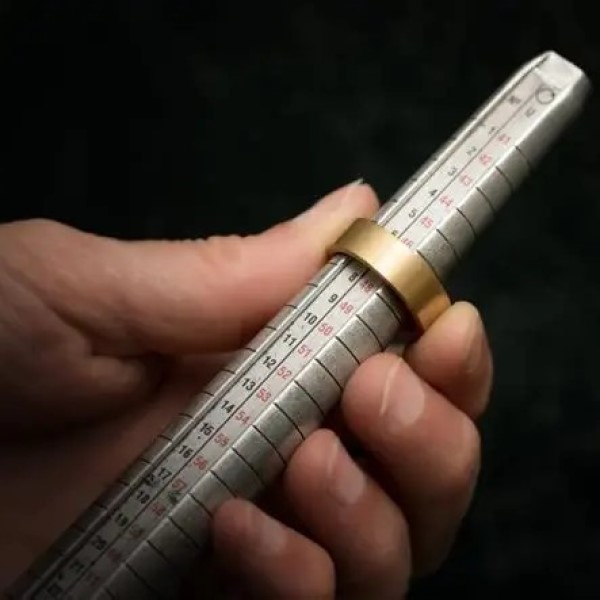 Understanding Ring Sizing Basics
Understanding Ring Sizing Basics
Before diving into the resizing process, it helps to understand how ring sizes are measured. Knowing this makes it easier to communicate with jewelers and avoid mistakes.
Ring size refers to the inner circumference of the band. It’s usually measured in numbers like 6, 7, or 8 in the U.S., or letters like L, M, or N in the UK. Other countries use millimeters to indicate diameter. For example, a size 7 ring has an inner diameter of about 17.3 mm.
Finger size can change due to weight gain or loss, aging, temperature, and even time of day. Most people find their fingers are slightly larger in the afternoon than in the morning. Seasonal changes also play a role—cold weather shrinks fingers, while heat causes swelling.
To measure your size accurately, visit a jeweler for a professional fitting. Alternatively, use a ring sizer tool at home. Wrap it around your finger and match the mark to a standard chart. Always measure the correct finger—ring sizes vary between hands and fingers.
Keep in mind that wider bands may feel tighter than narrow ones. As a result, some people size up when choosing broader styles. Gemstone placement and setting type also influence comfort.
Knowing your exact measurement reduces errors during the resizing process. It also ensures long-term comfort and security.
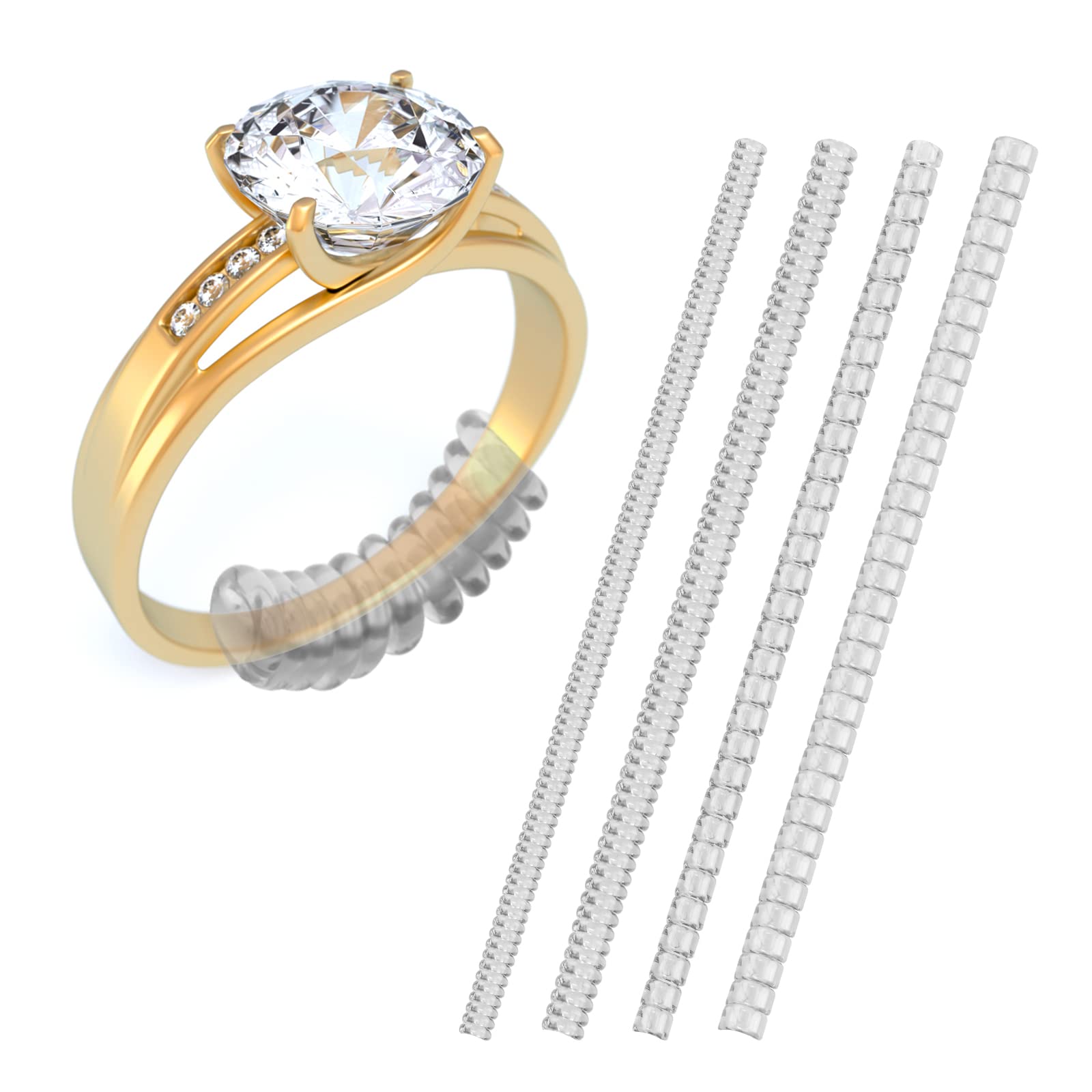 Methods Used to Make a Ring Smaller
Methods Used to Make a Ring Smaller
How do they resize rings? Jewelers use several techniques to reduce a ring’s size. The most common method involves cutting and soldering the band.
First, the jeweler marks the section to remove. They typically cut a small piece from the back of the shank—the part that doesn’t show when worn. This keeps any visible engravings or designs intact.
Next, they use a fine saw to make a clean cut. Precision is key to avoid damaging the metal.
Then, the gap is soldered shut. The jeweler heats the joint with a torch and applies metal filler (called solder) that melts and bonds the pieces. Once cooled, the seam is smoothed and polished.
After soldering, the ring returns to its original shape. The jeweler checks roundness using a mandrel—a tapered steel rod. Any bumps or flat spots are corrected with gentle hammering.
Finally, the surface is buffed to restore shine. If the ring has a brushed or matte finish, the jeweler replicates it carefully.
This method works well for plain bands and many gem-set rings. However, extra care is needed when stones are near the cut area. The heat from soldering can damage certain gems like opals or emeralds.
In such cases, the jeweler may shield the stone with wet cotton or remove it temporarily. Heat-sensitive stones require special handling to prevent cracking.
Some rings cannot be resized down significantly. Removing too much metal weakens the band. As a rule, reducing more than two sizes risks structural integrity.
For minor adjustments, sizing beads are an alternative. These tiny metal balls are welded inside the band. They take up space without altering the ring’s length.
While not suitable for large changes, sizing beads offer a quick fix.
Techniques for Making a Ring Larger
Expanding a ring is more complex than shrinking one. The process depends on how much bigger it needs to be.
For small increases—up to half a size—jewelers stretch the band. They place the ring on a steel mandrel and apply pressure with a rolling tool. This gradually widens the diameter.
Stretching works only on soft metals like gold or silver. Harder materials like tungsten or titanium cannot be stretched. Also, rings with stones all around (eternity bands) shouldn’t be stretched. The stress could loosen prongs or crack settings.
For larger increases, the jeweler must add metal. First, they cut the shank in an inconspicuous spot. Then, they insert a new piece of matching metal into the gap.
Matching the metal color and texture is crucial. A mismatch stands out, especially on high-polish finishes. Skilled jewelers source alloy blends that closely match the original.
Wider bands take more time to resize. They need longer inserts and stronger solder joints. Thicker metals also conduct heat differently, affecting the welding process.
Platinum rings pose additional challenges. They require higher melting temperatures and specialized tools. Only experienced jewelers should handle platinum resizing.
Titanium and ceramic rings generally cannot be resized. These materials are too hard or brittle. Instead, customers must order a new band in the correct size.
Because enlarging a ring adds complexity, it often costs more than making it smaller. Always get a quote before proceeding.
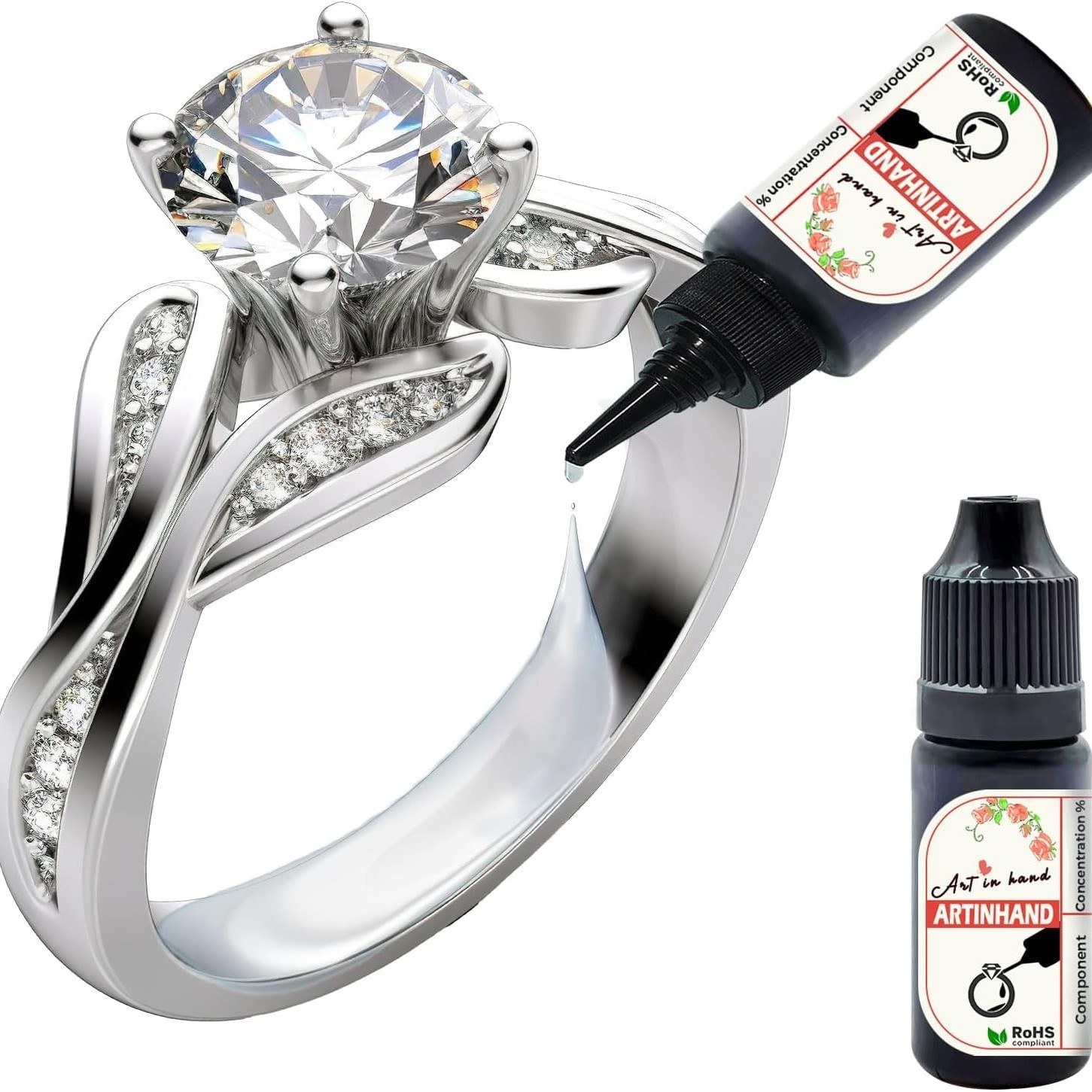 Factors That Affect Whether a Ring Can Be Resized
Factors That Affect Whether a Ring Can Be Resized
Not every ring can be resized. Several factors determine if the process is safe and effective.
Material type is the biggest factor. But tungsten, stainless steel, and cobalt chrome cannot. These metals are too hard or prone to shattering under stress.
Band thickness matters. Thin rings may not withstand cutting and soldering. There’s less metal to work with, increasing the risk of breakage.
Design complexity plays a role. Rings with continuous patterns or intricate carvings are harder to resize. Cutting them disrupts the design. Matching the pattern after repair takes advanced skill.
Gemstone placement is critical. Eternity bands with stones all around cannot be resized. Any cut would damage multiple settings.
Engravings present a challenge. If the message wraps around the band, resizing will break it.
Finish type affects visibility. High-polish surfaces show seams more easily. Matte or hammered finishes hide repairs better.
Age and condition are important. Antique rings may have weakened metal or fragile details. Resizing could cause cracks or collapse. A jeweler should inspect vintage pieces thoroughly.
Lastly, personal preference counts. Some owners refuse to alter heirloom jewelry. Others prioritize comfort over preservation.
Always consult a trusted professional before deciding. They’ll assess your ring and explain all options.
Choosing the Right Jeweler for Ring Resizing
Selecting a skilled jeweler makes all the difference. A good technician ensures quality, safety, and satisfaction.
Start by checking credentials. Look for certifications from organizations like the Gemological Institute of America (GIA) or the American Gem Society (AGS). These indicate formal training and ethical standards.
Ask about experience. How many resizing jobs have they done? Do they specialize in certain metals or styles? Longtime professionals handle complications better.
Request to see examples of past work. Photos of repaired bands, matched finishes, and restored engravings reveal skill level. Pay attention to detail and consistency.
Read online reviews. Platforms like Google, Yelp, or Trustpilot provide customer feedback. Look for comments about turnaround time, communication, and results.
Visit the shop in person. Observe cleanliness, tool organization, and staff attitude. A well-run store reflects professionalism.
Get a written estimate. It should include cost, timeline, and any risks. Avoid shops that give vague answers or pressure you to decide immediately.
Ask about warranties. Some jewelers offer guarantees on their work. If the solder joint fails or the ring deforms, they’ll fix it at no charge.
Inquire about insurance. Reputable stores cover your ring while it’s in their possession. Accidents can happen, so protection is essential.
Avoid mall kiosks for valuable pieces. While convenient, they may lack advanced equipment or expertise. Save sentimental or expensive rings for established local jewelers.
Finally, trust your instincts. If something feels off, keep looking. Your ring deserves the best care.
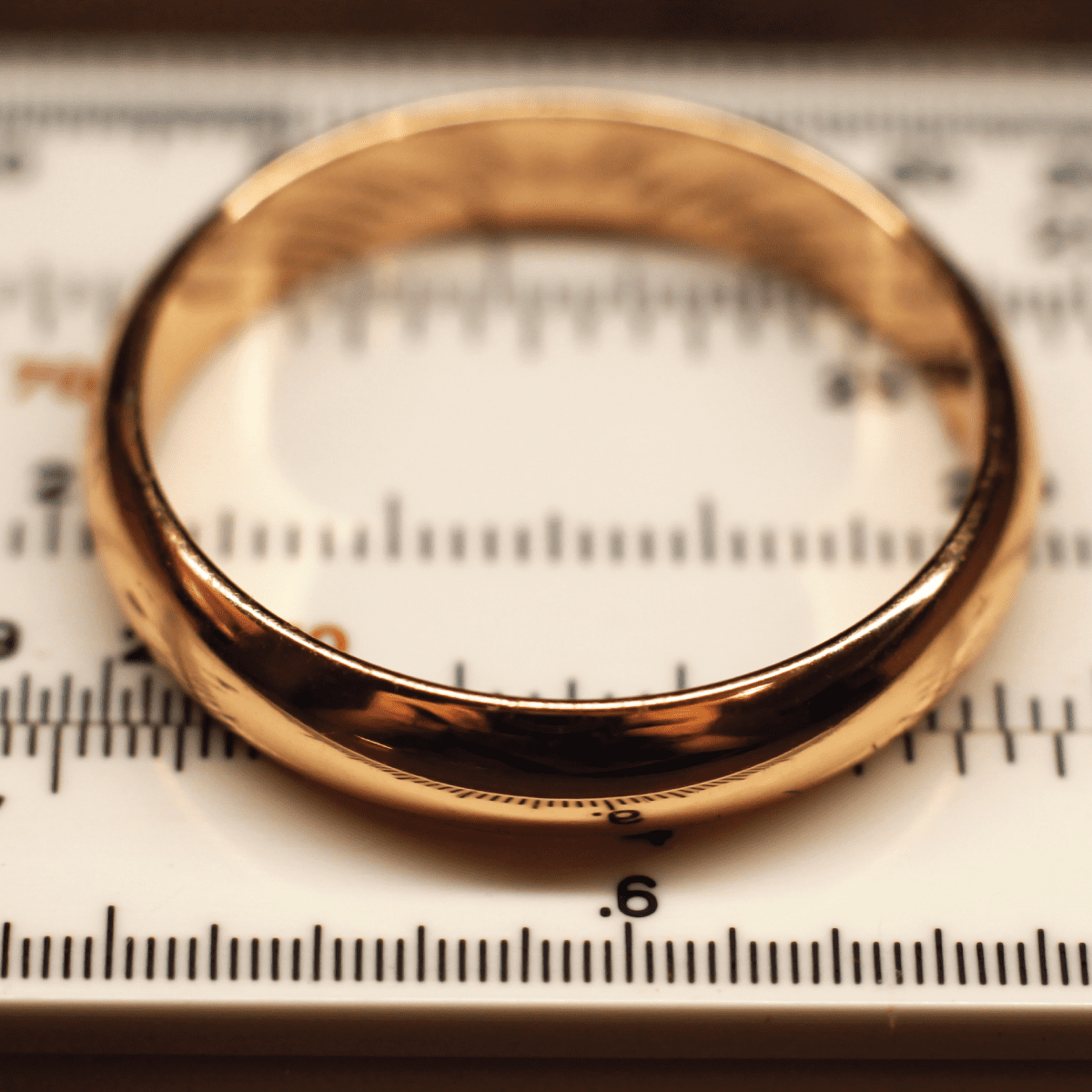 Alternatives When Resizing Isn’t Possible
Alternatives When Resizing Isn’t Possible
Sometimes, resizing simply isn’t an option. Fortunately, other solutions exist.
Sizing inserts are flexible. These silicone or metal strips fit inside the band. They lift the ring to prevent slipping. Inserts are removable and inexpensive.
Spring adjusters are hidden supports. A small metal coil attaches inside the shank. It pushes the ring outward for a snug fit. Ideal for temporary fixes or fluctuating sizes.
Ring guards or keepers wrap around the band. They connect to an adjacent ring and hold it in place. Many styles are decorative and blend with your jewelry.
Custom inner sleeves can be added. A jeweler fits a thin liner made of comfortable material. It fills extra space without altering the original structure.
For non-resizable materials like tungsten, ordering a new ring is often best. Many retailers allow exchanges within a return window.
3D printing offers modern alternatives. Some labs scan your finger and print a perfectly sized band. This method works well for prototypes or unique designs.
Lastly, consider wearing the ring on a chain. If it’s too big to wear safely, turning it into a pendant keeps it close and meaningful.
These alternatives preserve the ring’s integrity. They also offer flexibility for changing needs.
Frequently Asked Questions About How Do They Resize Rings
How long does resizing take?
Typically 1–2 weeks, depending on complexity.
Is resizing safe for diamond rings?
Yes, if done by a qualified jeweler who protects the stones.
Will I lose the original finish?
Skilled jewelers restore the finish closely. Minor differences may appear.
Can a ring be resized multiple times?
Only a few times. Each resize weakens the metal slightly.
Does resizing weaken the ring?
It can, especially with large changes. Proper technique minimizes risk.
Can I resize a ring at home?
No, it requires professional tools and expertise. DIY attempts often cause damage.
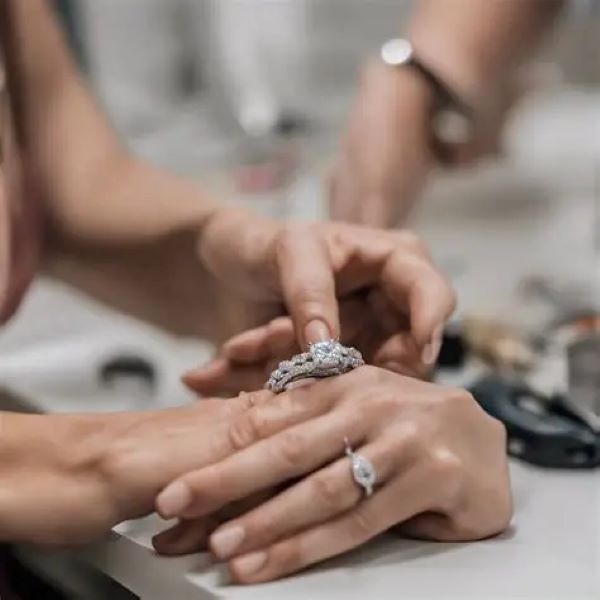 Final Thoughts: Understanding How Do They Resize Rings Ensures Better Care
Final Thoughts: Understanding How Do They Resize Rings Ensures Better Care
Learning how do they resize rings empowers you to care for your jewelry wisely. Whether you’re adjusting an engagement ring or restoring a family treasure, knowing the process helps you make smart choices. Resizing is both an art and a science—one that balances technical precision with aesthetic sensitivity. By understanding the methods, limitations, and alternatives, you protect your investment and ensure lasting comfort. Always choose a qualified jeweler and ask questions before proceeding. With the right approach, your ring can fit perfectly for years to come.

